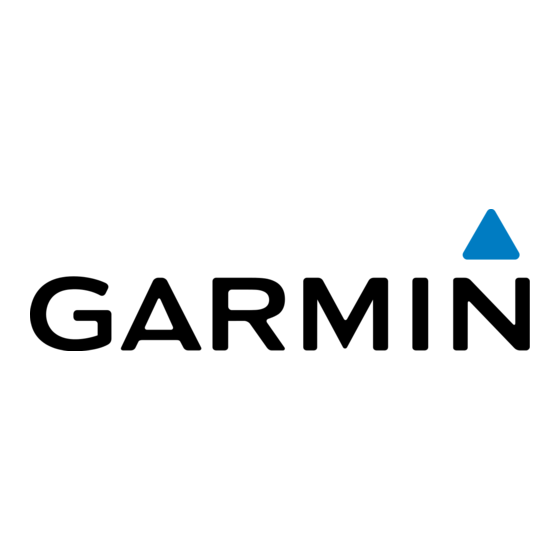

Garmin GPSMAP 4000 series Owner's Manual
Gpsmap 4000 series; gpsmap 5000 series
Hide thumbs
Also See for GPSMAP 4000 series:
- Owner's manual (82 pages) ,
- Supplement manual (24 pages) ,
- Quick reference manual (2 pages)
Table of Contents
Advertisement
Quick Links
Advertisement
Table of Contents













Need help?
Do you have a question about the GPSMAP 4000 series and is the answer not in the manual?
Questions and answers